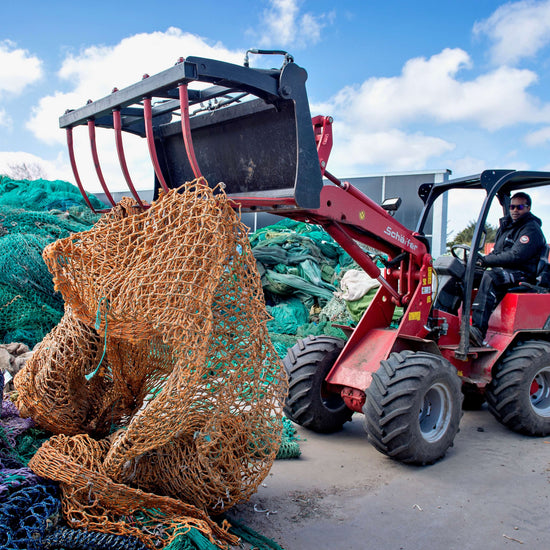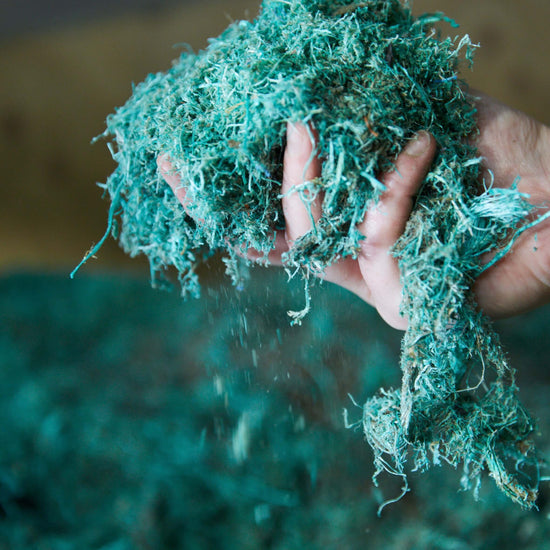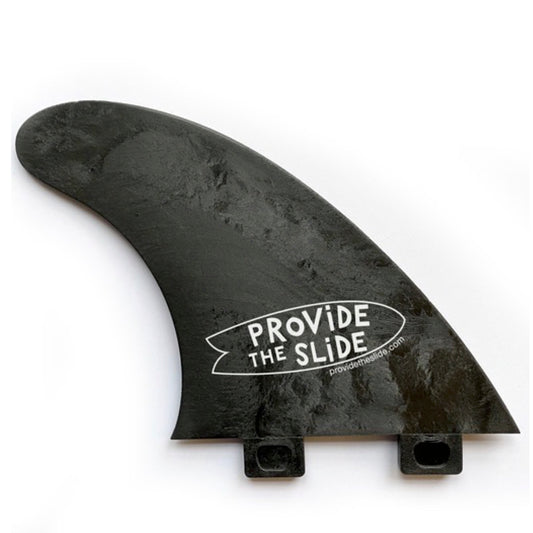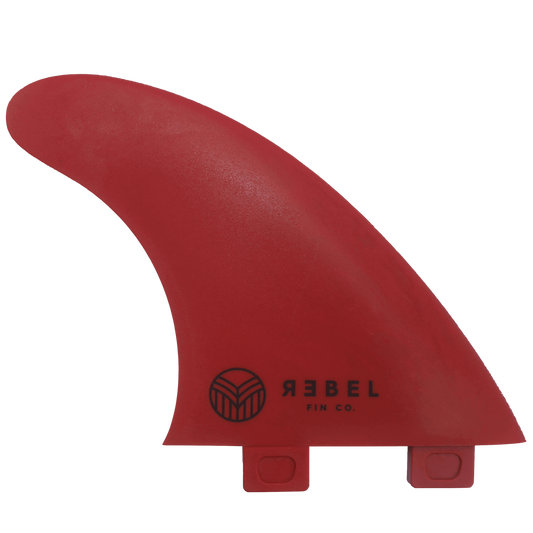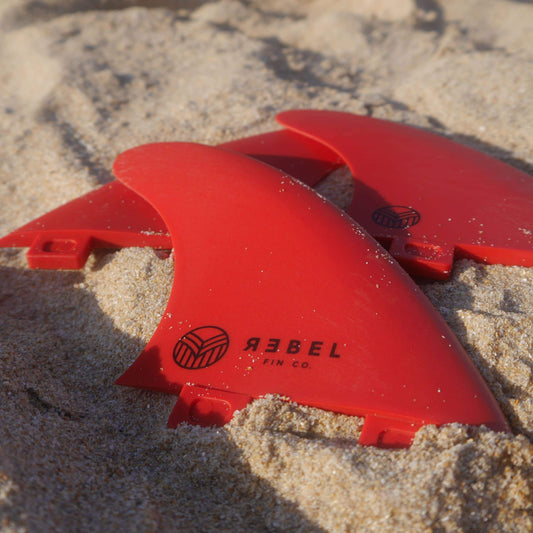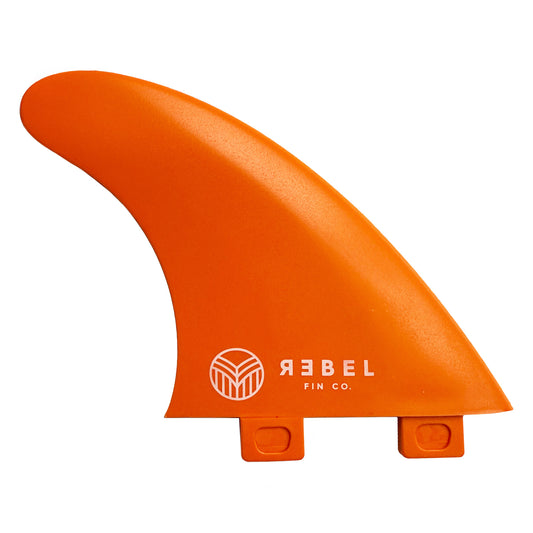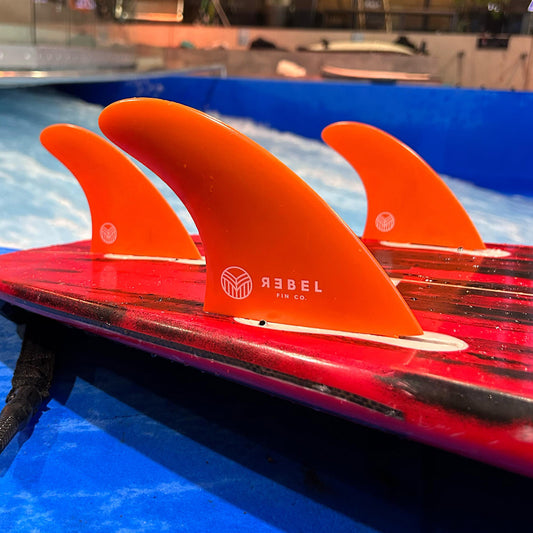Production and Material
Insight into our production
Made in Germany | Closed loop | Produced with 100% green electricity | Recycled packaging
Our goal is to combine a variety of optimal properties in one product, whilst setting the bar extremely high in terms of sustainability, across the entire value chain. That means 100% recycled material, reuse of production waste, produced directly on site (near Hamburg) with 100% green electricity and recycled packaging.
Materials
Rebel Fin products are made using materials chosen for their ecological impact and innovative uses, combined with the highest level of performance in mind. For the proper stability and strength of our REBEL fins, we use different mix ratios of recycled materials.
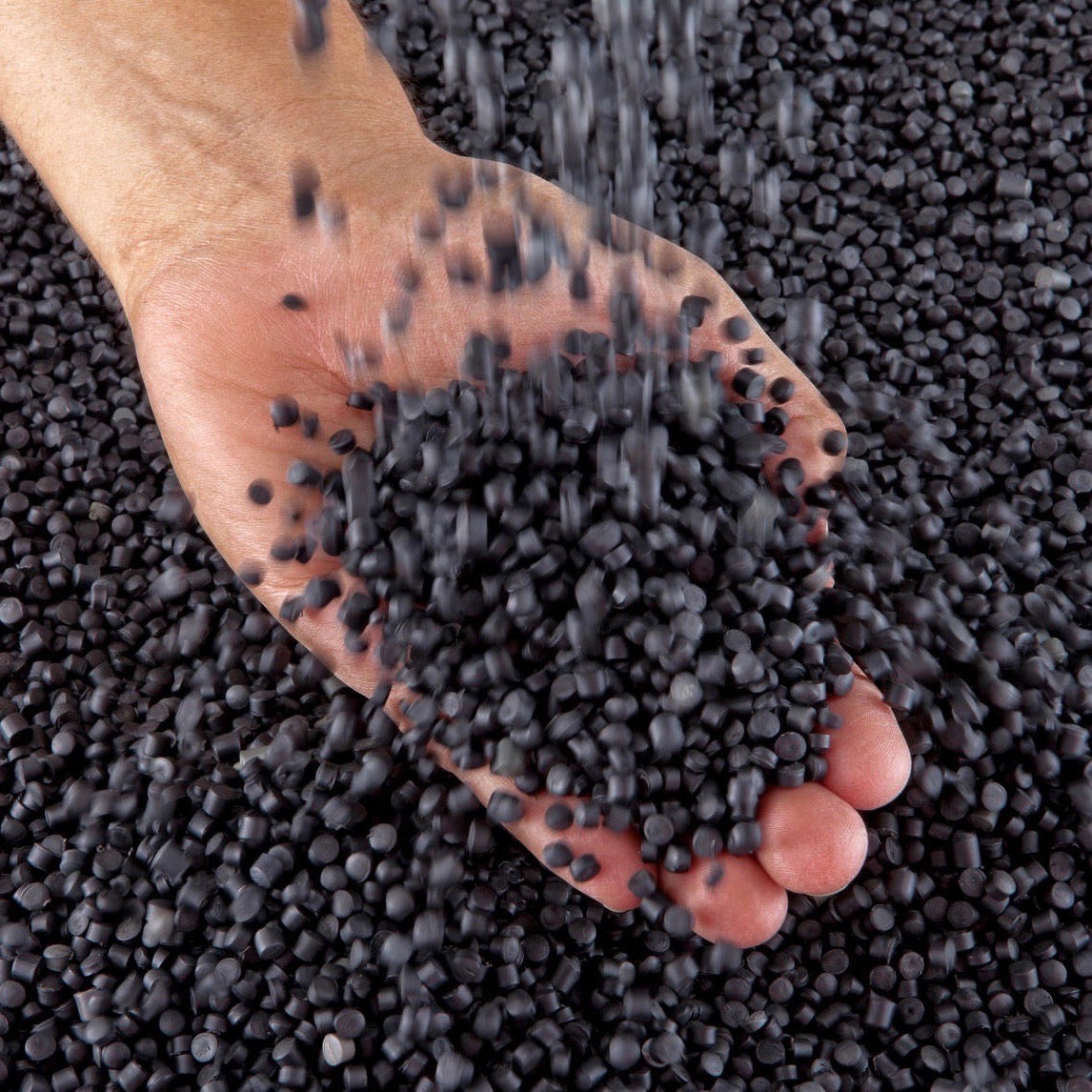
Carbon reinforced recyclate
Body parts for cars are made using fabricated carbon fibre cut to the required size. The off-cuts of fibre residue are a by-product that, until now, wasn’t able to be recycled due to it’s uneven shape.
At Rebel Fin we are recycling this carbon fibre by-product into surfboard fins! It is now possible to manufacture injection-mouldable granules from these residues, plus a corresponding recycled polyamide. This material is light weight, has very high rigidity, great flexural strength and very high resistance. Perfect for fins.
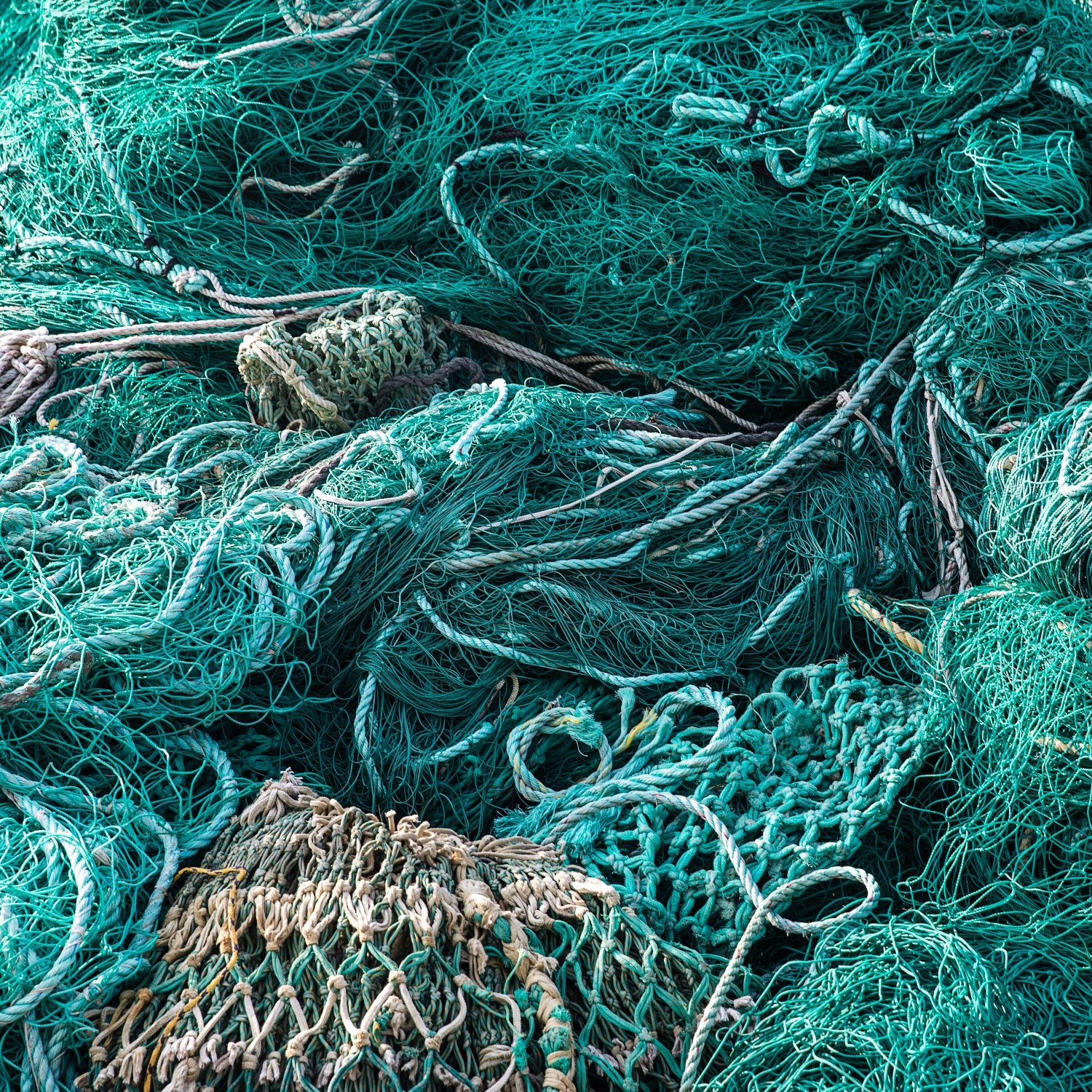
Recycled fishing nets
Around 10% of the plastic waste in our oceans comes from the fishing industry, including nets, ropes and packaging materials. Whilst this waste can be taken from the sea and most of it can be recycled, it has been hard to find the right process. Originally, it was extremely time-consuming to clean the heavily soiled nets that were hauled from the ocean, and they produced a relatively small amount of salvageable plastic, therefore making the process of recycling economically difficult. Whilst far larger quantities of discarded nets are found on land, these were also complicated to viably recycle as they needed to be broken down into their various types of plastic. However, thanks to new processes being developed, we have now found an economically feasible way to recycle ghost fishing gear into something new.
By returning the recycled polypropylene (PP) to the production cycle, energy, fossil raw materials and CO2 are saved.
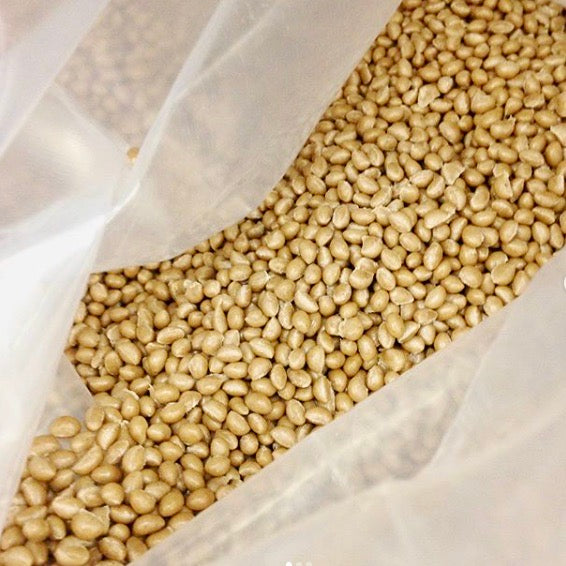
Renewable raw materials
The extraction and manufacture of fossil raw materials for plastic production is associated with high energy consumption, high CO2 production and other environmental risks. These effects are improved greatly when using renewable raw materials.
These are biopolymers like: PHA (polyhydroxyalkanoates), PCL (polycaprolactone) and PLA (polyactide).
However, other renewable raw materials are also used: Starch, Lignin, Natural resins, Natural waxes, Natural oils, Natural fatty acids, Cellulose, Biological additives, Natural reinforcing fibres.
An increasingly important renewable raw material is lignin, a waste product from paper production. While the 50 million tons of lignin produced annually around the world have so far been mainly incinerated due to lack of usability, it can now be used for the production of bio-based plastics.

